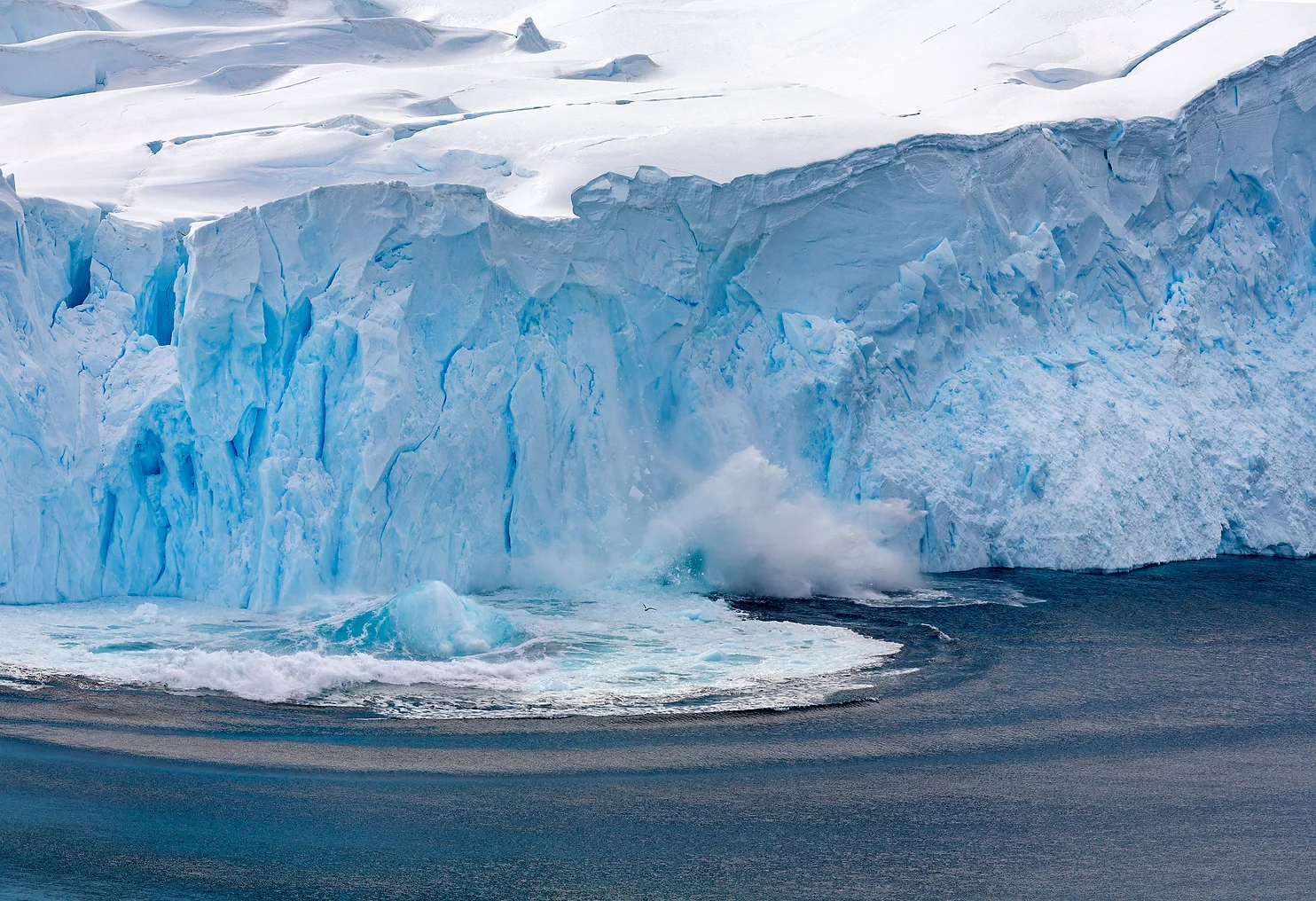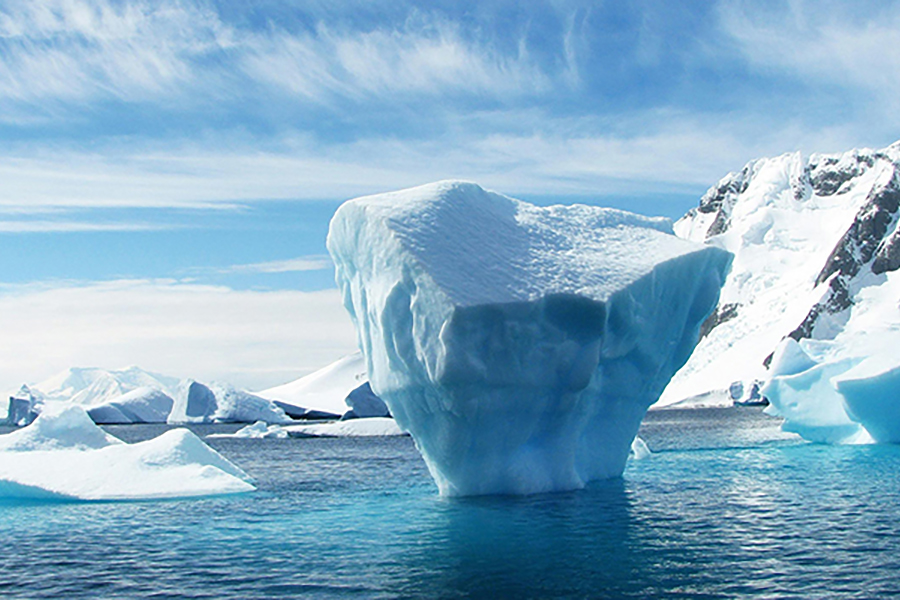After almost 20 years of negotiations, United Nations member countries have agreed upon an international treaty to protect oceans of the world that lie outside national borders.
These waters, known as “high seas,” occupy nearly two-thirds of the world’s oceans. Because they are considered international waters, they lie outside the jurisdiction of any state and have until now never been legally protected, meaning that the marine life in these areas has been under threat from a free-for-all of unregulated exploitation – including overfishing, pollution from ships and human-induced climate change.
The treaty, whose text was finalised on March 4, lays the groundwork for marine protections over previously unregulated waters. Known as the Biodiversity Beyond National Jurisdiction treaty (BBNJ), its primary aim is to protect biodiversity by establishing large-scale marine protected areas and regulating marine research for scientific and commercial development.
It comes at a crucial time for conservation efforts: In 2022, UN countries signed a landmark agreement that aims to protect at least 30% of the planet’s land and water by 2030–the “30×30” goal. But according to the Marine Conservation Institute, only a little under 3% is fully or highly protected.
The high seas represent 95% of the world’s total habitat by volume, but the nautical world remains largely unexplored. Though estimates vary, one study from 2011 suggests we have classified only about 9% of ocean species. More than 80% of the oceans have never been mapped, observed or explored.
The International Union for Conservation of Nature’s Red List, which assesses species for global extinction risk status, has evaluated only 17,903 of the estimated 240,000 marine species known to scientists – but of these, nearly 9% are at risk of extinction. Scientists predict marine extinction risk will skyrocket in the next few years because of rapidly developing infrastructure in the oceans.
Compared to land animals, marine extinction risk has remained relatively low. According to a paper in the journal Science, there have been 514 animal extinctions on land during the past 500 years, compared with only 15 ocean extinctions in the same period. Land extinctions accelerated greatly during and after the Industrial Revolution, as humans inflicted carnage on forests and prairies at a breakneck pace.
Now, though, humans have begun building infrastructure in the oceans – such as agriculture, mining and power plants – presaging an almost certain uptick in extinction risk for marine species.
“We’re effectively seeing an industrial revolution in the ocean,” said Douglas McCauley, an ecologist at the University of California Santa Barbara and co-author of the Science paper. “The land’s past is becoming the ocean’s present.”
Between the “explosion of the blue economy” and the increasing effects of climate change, he said, ocean life faces existential threat.
Data corroborates these findings: the Red List Index, which evaluates trends in overall extinction risk for species, is used as a metric for tracking biodiversity loss. For the past 30 years, marine species have been rapidly moving towards increased extinction risk.
The treaty’s objective to establish large-scale marine protected areas is a significant step towards the global 30×30 conservation goal. The National Resources Defense Council describes these marine protected areas as “the ocean’s equivalent of a Grand Canyon or Yellowstone National Park,” where protections exist to limit human activity and allow ocean life to recover.
Management of these areas may encompass a range of protections: the strictest zones ban all human entry, whereas others may allow some fishing and snorkelling. A 2018 study found that effective MPAs contain two and a half times the total biomass of fish than fished areas.
As for where to place these protected regions, a team of researchers led by McCauley conducted a data-driven analysis to identify biodiversity hotspots in the high seas. Life in the oceans, like on land, isn’t homogeneously distributed. The team published a paper in 2020 spotlighting specific marine regions to prioritise for protection, basing their analysis on a number of conservation features, such as species richness, extinction risk and habitat diversity.
The research unfolded adjacent to the treaty negotiation process. McCauley, along with several of the other researchers, travelled to the UN several times to present their findings.
“A sentiment we often encountered was that there’s not much in terms of biodiversity out there in the high seas,” he said. “People thought, why create these parks if we’re just throwing darts at a map? But the idea that it’s a big blue empty desert isn’t true.”
Protecting critical areas of the ocean could additionally help build global resilience to climate change. Almost half of the world’s oxygen comes from phytoplankton in the oceans. The high seas absorb carbon dioxide from the atmosphere–estimates land at around 30% of all carbon emissions–blunting the impact of climate change on land and sea alike.
Though it’s expected to take another several years for the treaty to be carried out in concrete policy, Nichola Clark, an officer at the Pew Charitable Trusts and co-author of the research paper, said she is hopeful that the analytical approach to the protected areas was helpful for “impressing the urgency of the situation and the necessary scale of the solution upon policymakers.”
“This ability to set up international parks on the high seas, by all people and for all people, is one of the most exciting outcomes of the treaty for me,” McCauley said. “And they will be absolutely as special as underwater Serengetis or Yellowstones.”
The long road to treaty negotiations
The treaty took nearly two decades to come to fruition, though official meeting sessions took place over the span of only five years. They were further delayed over the past two years because of the COVID-19 pandemic. Negotiations were saddled with disagreements over funding and fishing rights.
The legally binding pact to conserve and ensure sustainable use of ocean biodiversity was finally agreed upon on March 5, after five rounds of negotiations.
Sweden, which was involved in the negotiations as the holder of the EU’s rotating presidency, said the agreement was the “most important international environmental deal” since the 2015 Paris Agreement on tackling climate change.
Economic interests were a major sticking point throughout the negotiations, with developing countries calling for a greater share of the spoils from the “blue economy”, including the transfer of technology.
An agreement to share the benefits of “marine genetic resources” used in industries such as biotechnology also remained an area of contention until the end.
Countries will have to meet again to formally adopt the treaty.
Haphazard authority on ocean resources
A fragmented patchwork of international bodies and treaties manages ocean resources. Each body has a different scope, and few mechanisms exist to coordinate among them, resulting in a leaky net of regulations where vast swathes of the ocean fall through the gaps.
A 2016 Pew study on mapping governance in the high seas showed 19 governing bodies with a high seas mandate. Of these, the majority are limited in scope to management of fisheries. Only six have a mandate that focuses primarily on marine conservation.
The study noted that “none has a comprehensive cross-sectoral mandate with regulatory authority and a focus on conservation in areas beyond national jurisdiction.”
The lack of regulation has led to unfettered exploitation of marine areas rich in biodiversity – such as “undersea mountains that are rimmed with 4,000-year-old gold coral and rainbow fish you can’t find anywhere else on the planet,” McCauley said. “There’s been no way to prevent those species from getting decimated.”
There is still a long way to go before the treaty can take effect. Member nations need to meet again to sign and ratify the treaty, which will likely take years. Only after that can governments begin to formally propose where to establish the marine protected areas, each of which will be individually voted on for approval.
“The treaty is a really important milestone,” McCauley said. “But the hardest work is ahead.”
By Jackie Gu






